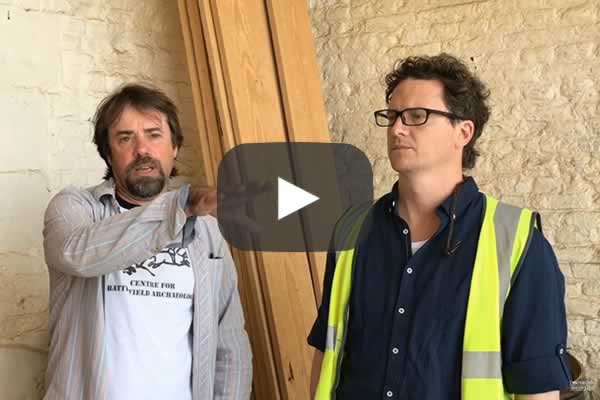Day 11 UPDATE – The final trenches
Today the final trenches were opened. They were in the east end of the killing zone and ran from the base of the garden wall to the fence which marks the southern edge of the narrow strip, which the French had to cross in their attack on the wall. The purpose for these trenches was […]




